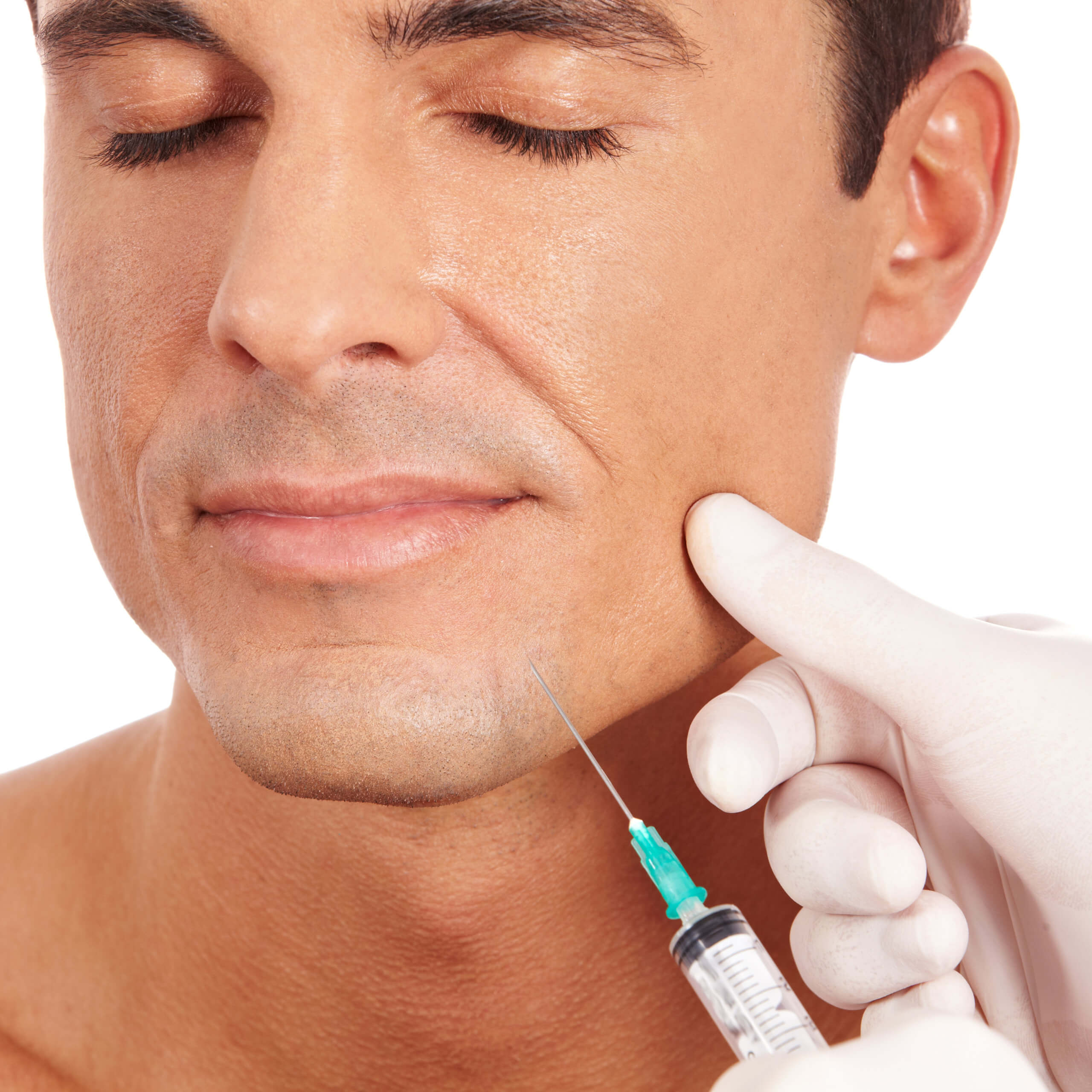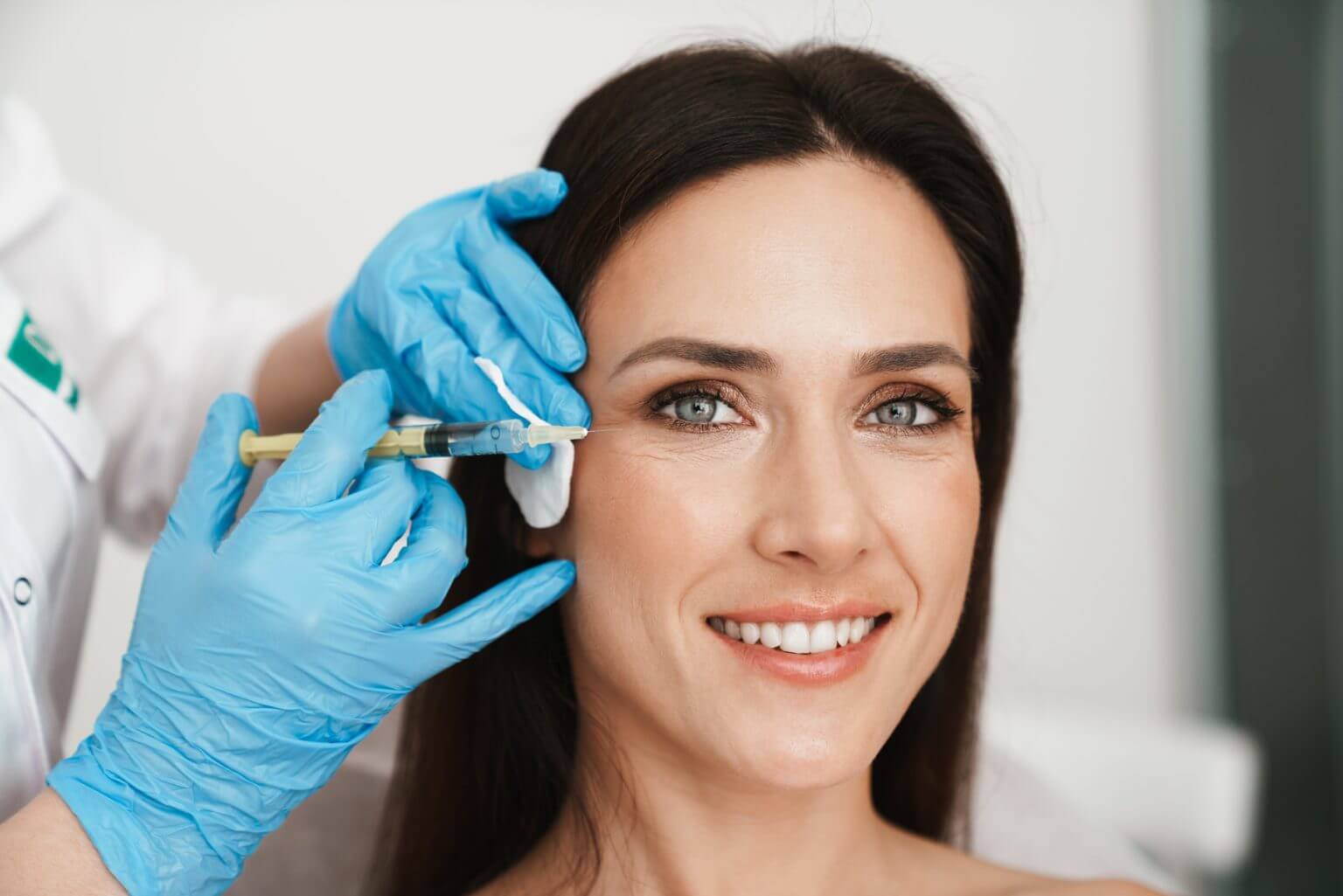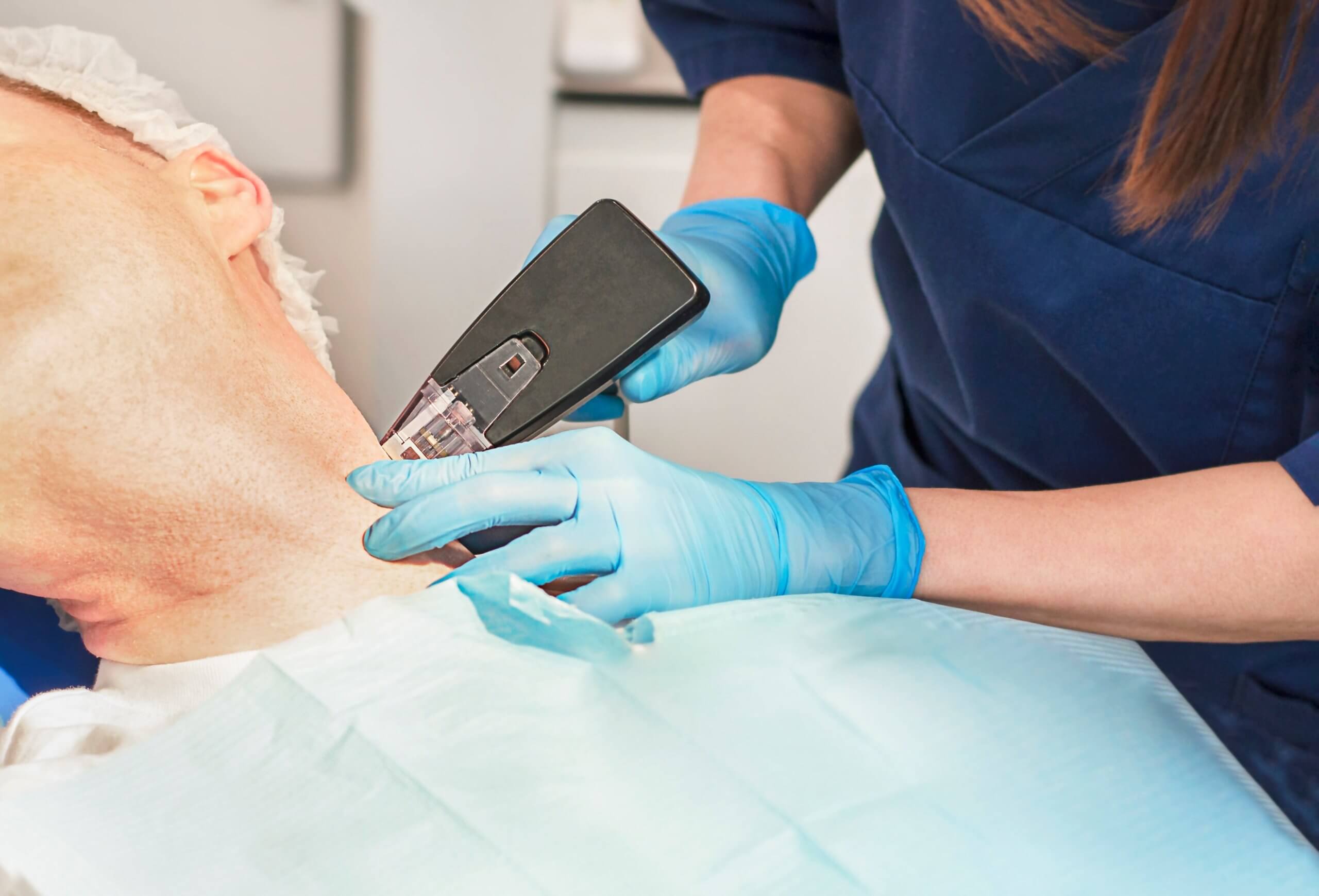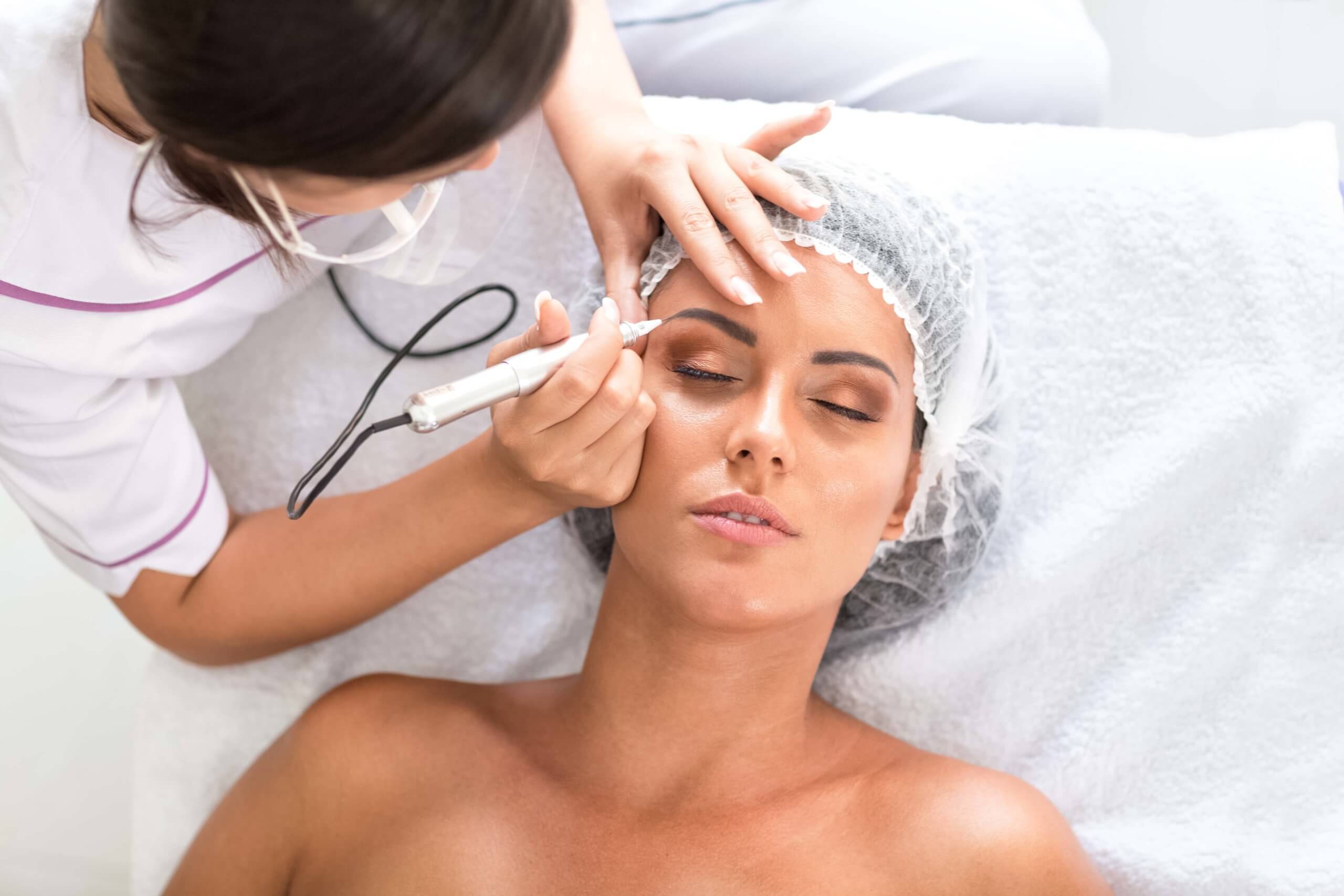
A chemical peel exposes the younger skin beneath by removing layers of skin using a chemical solution. Chemical peels can lessen or improve scars, uneven skin tone, fine lines, acne, and other skin flaws. The type of skin issue that is treated and the depth of your peel is determined by several chemicals.
A chemical solution is used during a chemical peel, sometimes referred to as chemexfoliation or derma peeling, to enhance the look of your skin. In this procedure, a chemical solution is administered to your skin, damaging its layers. Over time, the skin layers begin to peel away, revealing younger-looking skin. The regenerated skin often has an equal tone, a smoother texture, and fewer creases and wrinkles.
What conditions are treated with a chemical peel?
Chemical peels have been used to treat particular skin disorders or improve your skin’s complexion to enhance your look.
You often get chemical peels on your hands, neck, or face. They may lessen or enhance:
- Fine lines around the lips or beneath the eyes, as well as wrinkles from aging, genetics, and sun damage.
- Specific forms of acne.
- Minimal scarring
- freckles, sun spots, and uneven skin tones.
- Actinic keratosis is a term for precancerous scaly lesions.
- Scaly areas, dry skin, and a poor complexion.
- Melasma is caused by using birth control medications or becoming pregnant.
Your dermatologist will decide the degree of your peel. Depending on the therapy goals and the state of your skin, this joint choice may change.
Chemical peels don’t work well on sags, bulges, deep facial lines, or more severe wrinkles. Other cosmetic surgery treatments, such as a facelift, eye lift, or soft tissue filler, would be preferable if these were your main concerns. The appropriate course of action for your issues can be decided with the aid of a dermatologic surgeon.
Are chemical peels beneficial for all types of skin?
In general, all skin types can benefit from superficial peels. However, you run a higher chance of having a darkening of your skin following treatment if you have a darker complexion. Post-inflammatory hyperpigmentation is the medical term for this syndrome. To lower the chance of hyperpigmentation if you have a naturally darker skin tone, you might wish to see your dermatologist about various less drastic procedures.
Additionally, chemical peeling might not be advised if you:
- A background of unusual skin scars.
- Have scars that are more vividly colored.
- If you are experiencing skin issues or using drugs that might irritate your skin,
- you cannot avoid the sun throughout the healing process.
What is the procedure for chemical peel treatment?
As an outpatient operation, a chemical peel can be carried out in a surgical center or in a doctor’s clinic. Your eyes and hair will be safeguarded, while your skin will be properly cleaned using a substance that eliminates extra oils. Your skin is then exposed to a chemical solution. Each type of chemical penetrates to a particular depth of the skin, causing controlled damage, then peels away to show a fresh layer of skin.
Different chemical mixtures produce various outcomes.
The chemical peel you choose depends on your objectives. Your dermatologist will decide the degree of your peel.
- A gentle chemical peel, sometimes known as a “lunchtime peel,” offers gradual improvement and is frequently performed in series. The skin’s epidermis is stripped off. If you want to encourage a healthy glow, this option could be perfect for you if you have fine lines, acne, uneven skin tone, or dry, rough skin from sun exposure. There may be little to no downtime after this peel, and recovery might take a few hours to a few days.
- Your skin will seem smooth and young after a mild chemical peel. Your skin’s top layer and a portion of its middle layer are peeled off. This option could be the best for you if you have fine to moderate wrinkles, age spots, acne scars, uneven or moderate skin discoloration, or age spots. This kind of peel recovery might take a week or longer, and downtime is necessary.
- The most striking effects are produced with a thorough chemical peel. This substance permeates your skin all the way down to the bottom middle layer. A deep peel requires more time to recover from. This option could be ideal if you have deep acne scars, blotchy skin, moderate lines and wrinkles, substantial sun damage, deep acne scarring, or actinic keratoses. Up to eight weeks of preparation are needed for a thorough chemical peel. Specific instructions will be given to you by your doctor. A deep chemical peel is a one-time procedure that necessitates a lengthy recovery period if used on your face.
Here are some general guidelines for getting ready for your chemical peel:
- Stay out of the sun two weeks before each treatment and avoid tanning.
- Before treatment, prepare your skin by using topical treatments (such as hydroquinone) by the directions.
- Unless your doctor instructs you otherwise one to two weeks before treatment, refrain from using any products that include retinoids (such as tretinoin).
- Start taking any oral antibiotics or antiviral medications given at least 24 hours prior to your chemical peel.
- Any open sores, lesions, or skin illnesses must be absent from the region to be peeled.
- Your doctor will provide detailed instructions for your peel type and skin condition.
On the peeling day, your skin will be meticulously cleaned. You will be put to sleep if you are getting a thorough chemical peel (you will be asleep).
The process:
A solution is administered to your skin during a chemical peel. You can experience a warm to somewhat heated sensation for a few minutes. Then there is a stinging feeling that follows. Applying a cold compress to your skin might help ease the sting. Following that, the chemical is removed and neutralized.
Your epidermis is refined, and chemical peels increase cellular turnover. It works wonders in restoring skin that environmental free radicals have damaged. The VI Peel revitalizes the outer layers and reveals a smoother appearance using a mild solution. You would benefit greatly from a peel if you have acne or dry to oily skin types.
To cure your skin issue, Vanity Aesthetics Lounge offers the VI Peel a variety of strengths. Your epidermis is refined, and chemical peels increase cellular turnover. It works wonders in restoring skin that environmental free radicals have damaged.
The VI Peel revitalizes the outer layers and reveals a smoother appearance using a mild solution. You would benefit greatly from a peel if you have acne or dry to oily skin types. Vanity Aesthetics Lounge also offers the VI Peel in various intensities to cure your skin issue.




